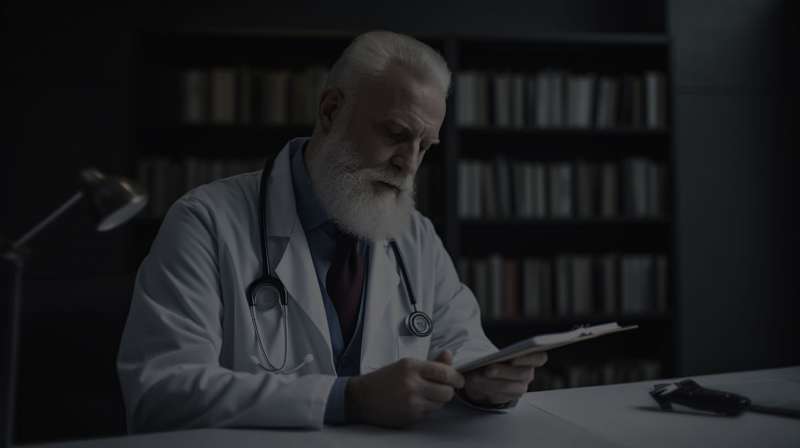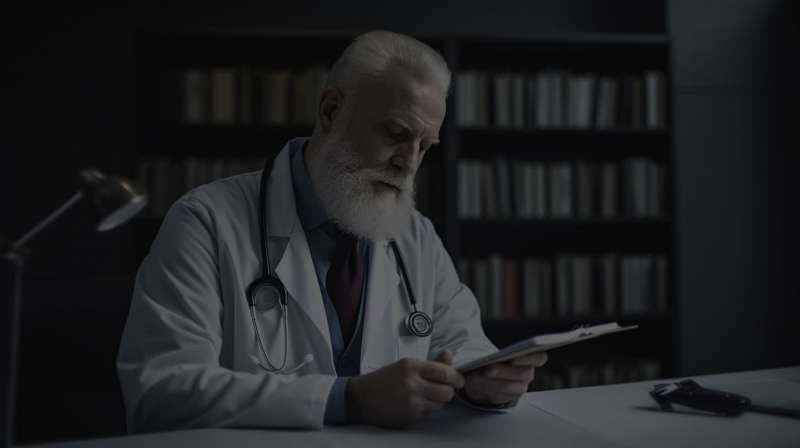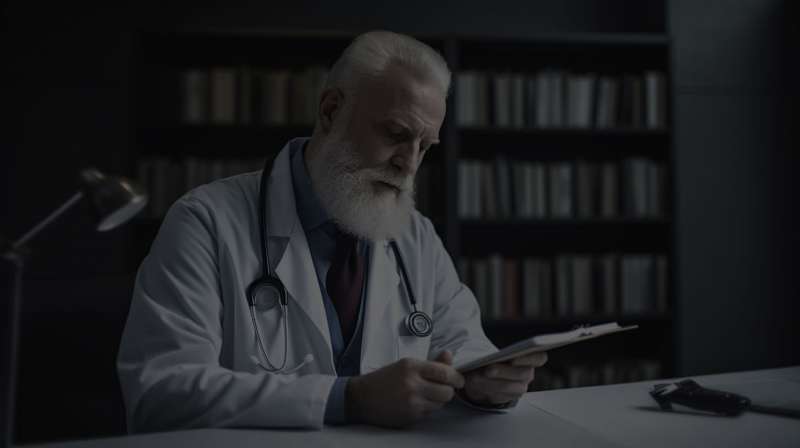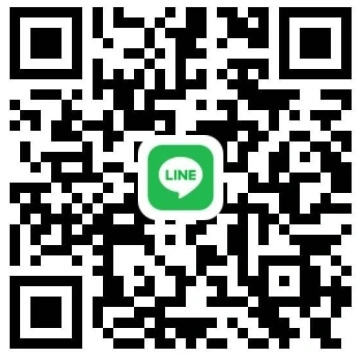Important Information
Seizures or convulsions may result from epilepsy, heat stroke, poisoning, hypoglycemia, high fever in children, brain injury, stroke or electric shock; Follow primary care procedures
Indications that a person is having a seizure includes jerking limbs, eyes rolled up in a fixed daze, tightly gritted teeth, and possible foaming in the mouth
They may also suffer breathing difficulties with blueness around the lips and face (cyanosis); It is not uncommon for a seizure patient to show signs of incontinence (involuntary urination or defecation)
Treat a seizure as a medical emergency when the patient does not have epilepsy or a seizure disorder, if the seizure lasts for more than five minutes, has a series of seizures or there are associated injuries and illnesses that require care
Patient Care; Seizures
- During the seizure, attempt to protect and cushion the patient's head and move objects out of the way but do not restrain the patient
- Wipe away any excess foam from the mouth and nose; Do not force anything into the casualty's mouth or hold the casualty down as this may cause injury
- Take note of the duration of the fits and pass this information to the paramedics
- After a seizure and when the fitting has stopped, conduct your primary assessment and place a breathing patient in the recovery position
- For a patient with a seizure disorder, support and reassure the patient until they are recovered
- For a patient with no history of seizures or if the patient is injured, continue to monitor the patient's Cycle of Care until EMS arrives




Share on social media